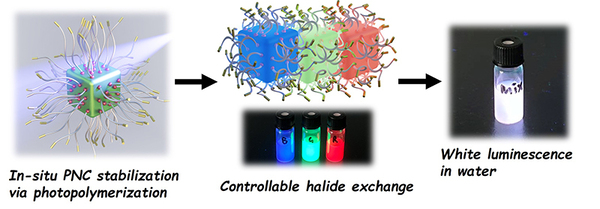Doctoral Program
Deepen your understanding of materials in a graduate program that bridges academic disciplines
Notre Dame's Materials Science and Engineering doctoral program is a distinctive, interdisciplinary program representing seven departments and programs in the College of Engineering and College of Science.
This program enhances student understanding through an interdisciplinary approach and leverages materials expertise to open new doors for graduates to industry, government, and academic careers. As engineering and scientific problems become increasingly complex, this degree broadens the expertise of graduates to aid them in assuming leadership roles in sophisticated fields.
Program Requirements
Materials Science and Engineering students will:
- meet home department Ph.D. requirements;
- complete nine credit hours selected from the Materials Science and Engineering course list;
- select an interdisciplinary mentor that can enhance the interdisciplinary nature of their MSE research; and
- complete a doctoral thesis with a significant materials component, as approved by the Materials Science and Engineering Steering Committee.
- Submit a one-page, advisor approved research overview to the Steering Committee
- Submit candidacy materials and statement to Steering Committee for review
- Submit doctoral dissertation and statement to Steering Committee for review
Students who successfully complete both department/program requirements and Materials Science and Engineering requirements will earn a Materials Science and Engineering Ph.D. in their discipline. For example, a Chemistry student would earn the "Chemistry: Materials Science and Engineering" doctoral degree.
Competitive, one-year fellowships are available to faculty as one option for supporting Materials Science and Engineering students.
